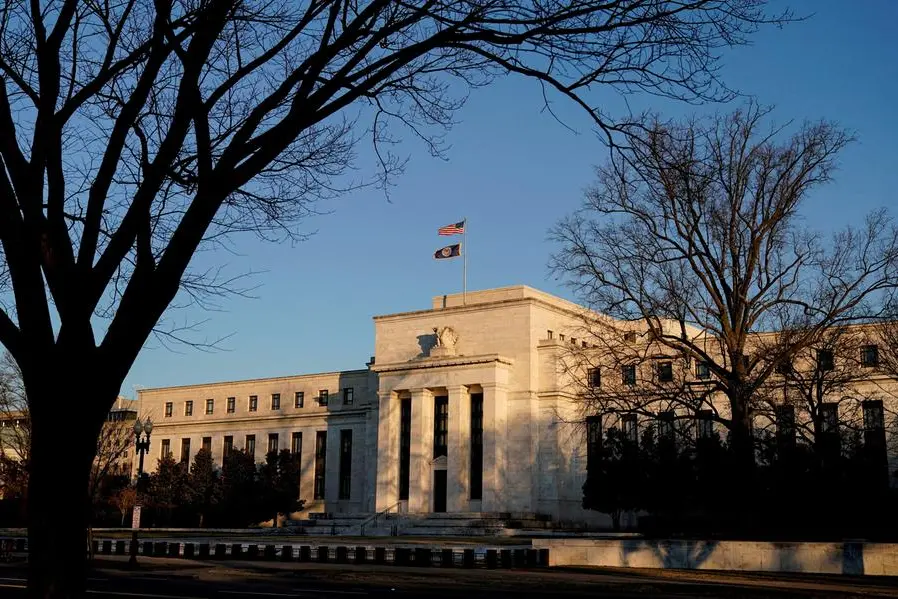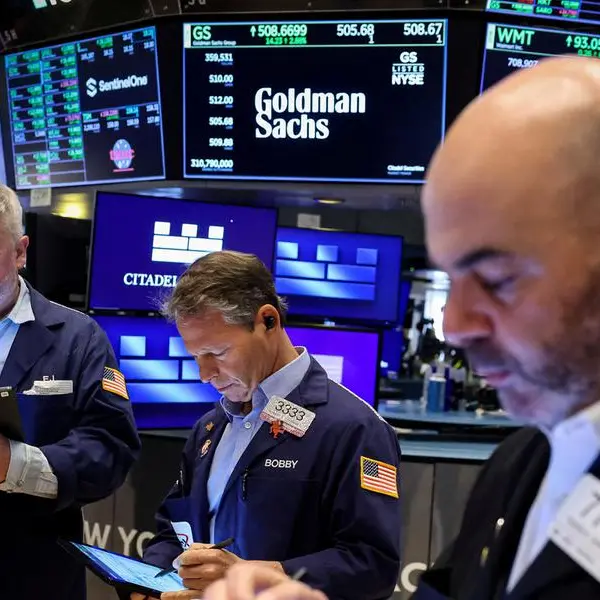PHOTO
WASHINGTON - The minutes from the Federal Reserve's last policy meeting are expected on Wednesday to detail the breadth of debate at the U.S. central bank over how much further interest rates may need to rise to slow inflation and cool an economy that has remained stronger than expected despite monetary tightening.
The Jan. 31-Feb. 1 meeting ended with the Fed raising its benchmark overnight interest rate by a quarter of a percentage point, a return to a more standard rate-hike size after a year of sequential 75-basis-point and half-percentage-point increases.
In a news conference following the end of that meeting, Fed Chair Jerome Powell said the return to smaller rate hikes would allow a more stepwise hunt for a possible stopping point, and that officials spent the session "talking quite a bit about the path forward" as the central bank nears what may be the end of its hiking cycle.
But that session was also held before key data releases that showed unusually strong job gains in January, and less of a slowdown in inflation than anticipated - a trend expected to continue this week with the release on Friday of a report on how the Fed's preferred inflation index fared in January.
The central bank uses the Personal Consumption Expenditures price index in setting its 2% inflation target. Economists polled by Reuters estimate the PCE excluding more volatile food and energy components rose at a 4.3% annual pace last month, a slight improvement from the 4.4% jump in December. But on a month-to-month basis, that core inflation measure is expected to have actually increased to 0.4% from 0.3% in the prior period.
"The news has just been that the U.S. economy is stronger than what we previously thought ... Our risk right now is that inflation does not come down or reaccelerates," and requires higher-than-anticipated rate increases, St. Louis Fed President James Bullard told CNBC on Wednesday.
Bullard has not yet shifted his own rate outlook higher because of the recent data, and still thinks a policy rate in the range of 5.25% to 5.50% will be adequate to keep inflation falling through this year.
Investors, however, have responded to recent data by boosting their own sense of where the Fed may end up.
Most do not see the Fed returning to larger half-percentage-point increases, but they do see the central bank moving rates higher than previously anticipated and leaving them at an elevated level for longer as well - a change in sentiment likely welcomed by Fed officials concerned that market pricing had understated their resolve in bringing inflation back to the 2% target.
TWO-SIDED DEBATE
The minutes, scheduled to be released at 2 p.m. EST (1900 GMT), may show just how tilted toward hawkish policy the central bank remains, particularly at a meeting that proved to be the last for former Fed Vice Chair Lael Brainard. She was among the Fed officials most sensitive to the risks facing the economy under tight monetary policy and the most detailed in sketching out reasons for why inflation might slow faster than expected.
Brainard, who left the Fed to head President Joe Biden's National Economic Council, anchored the more dovish side of a discussion between those advising caution on further rate hikes because the economy may not have fully adjusted yet to what the Fed has done, and those who feel businesses and households are proving so resilient they may need the restraint of even higher interest rates for inflation to fully regress.
While there was little disagreement last year over what the Fed needed to do as inflation raced to a 40-year high, the central bank is now in a more two-sided debate "to find out to what extent the resilience of the economy thus far reflects time lags on monetary tightening versus a higher short term neutral rate" needed to cause businesses and households to slow spending, analysts for ISI Evercore wrote in an analysis ahead of the release of the minutes.
While the minutes from the last policy meeting are particularly dated, given the jobs and inflation data released since then, policymakers will update their views with new economic and interest rate projections issued after the end of the Fed's March 21-22 meeting.
(Reporting by Howard Schneider; Additional reporting by Lindsay Dunsmuir; Editing by Dan Burns and Paul Simao)





















